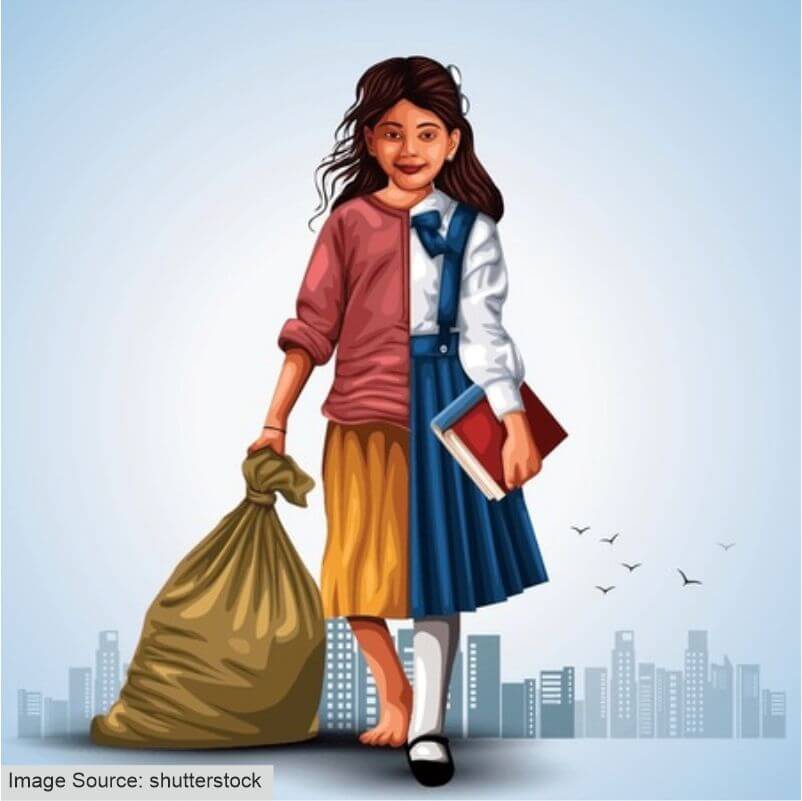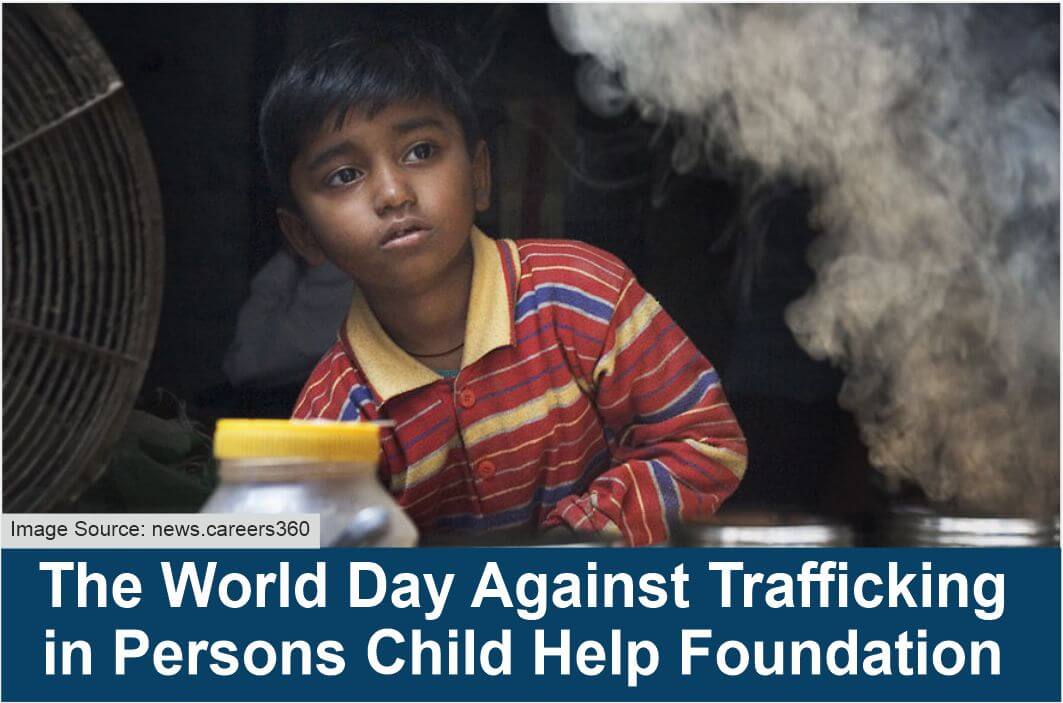Human trafficking is a grave violation of human rights, encompassing the illegal trade of people for forced labour, sexual exploitation, and other forms of modern-day slavery. This nefarious activity involves deceit, coercion, or force to exploit individuals, stripping them of their freedom and dignity. Human trafficking affects millions globally, with vulnerable populations being the primary targets. According to the United Nations, the most common form of human trafficking is sexual exploitation. The victims of sexual exploitation are predominantly women and girls. The second-most common form of human trafficking is forced labour. The major victims of trafficking are children.
What is child trafficking?Child trafficking is a particularly heinous subset of human trafficking, involving the abduction, recruitment, transportation, transfer, harbouring or receipt of children for exploitation. This form of trafficking subjects children to various forms of abuse and exploitation, including forced labour, sexual labour exploitation and involuntary servitude. Children, due to their inherent vulnerability, are easy targets for traffickers who exploit their innocence and lack of agency.
Which social or financial group do these children belong to?Children who fall victim to trafficking typically come from marginalised and impoverished backgrounds. These include:
Orphans and Street Children: These children are particularly vulnerable without family support or a stable home.
Children from Low-Income Families: Financial desperation can lead families to unknowingly or unwillingly sell their children into trafficking.
Runaways and Homeless Youth: Lack of protection and resources make these children easy prey for traffickers.
Children from Conflict Zones: War and political instability create environments where children are easily exploited.
Indigenous and Minority Groups: Systemic discrimination and marginalisation increase their vulnerability.
What Kind of Abuse Do Children Face?Children subjected to trafficking endure a multitude of abuses, including but not limited to:
Physical abuse: beatings, starvation, and other forms of physical torture to subdue and control them.
Sexual abuse: forced into prostitution or pornography, leading to severe psychological and physical trauma.
Emotional and Psychological Abuse: Constant threats, manipulation, and psychological torture to break their spirit and will.
Forced labour: coerced into labour-intensive jobs under inhumane conditions with little or no pay.
Neglect: deprived of necessities such as food, shelter, medical care, and education.
How are these children victims of this trafficking?Traffickers use various methods to exploit and control children, such as:
Deception: promising better opportunities, education, or employment to lure children and their families.
Abduction: kidnapping children from streets, schools, or homes.
Coercion: using threats of violence against the child or their family to ensure compliance.
Debt bondage: forcing children to work to pay off alleged debts that can never be repaid.
Isolation: keeping children isolated from society makes escaping or seeking help nearly impossible.

How can one stay safe?
While combating child trafficking requires systemic changes and stringent law enforcement, individuals and communities can take steps to stay safe and protect children:
Education and Awareness: Educate children about the dangers of trafficking and teach them how to identify and avoid potential threats.
Community Vigilance: Encourage communities to be vigilant and report suspicious activities to authorities.
Support Services: Ensure access to support services like hotlines, shelters, and counselling for at-risk children and their families.
Strengthening Families: Providing economic support and social services to vulnerable families can reduce the risk of children being trafficked.
Advocacy and Policy Change: Advocate for stronger laws, better enforcement, and policies that protect children and support victims.
StatisticsAccording to a report by the National Human Rights Commission of India, 40,000 children are abducted each year, leaving 11,000 untraced.
ConclusionHuman trafficking, especially child trafficking, is a complex and deeply entrenched issue that demands a collective effort to eradicate. By understanding the mechanisms of trafficking and taking proactive measures, we can protect our children and work towards a future free from exploitation and abuse.
We at Child Help Foundation focus on the basics, such as education, health, food and shelter for children. Our main goal is to work on the United Nations' Sustainable Development Goals (SDGs). Our key programmes for children are emergency medical support, quality education, gender equality, water sanitation and hygiene, and zero hunger. We have positively impacted 48,45,101 children.
Share this article with your friends and family and you can also join us in making this world a better place. Contact us now!
